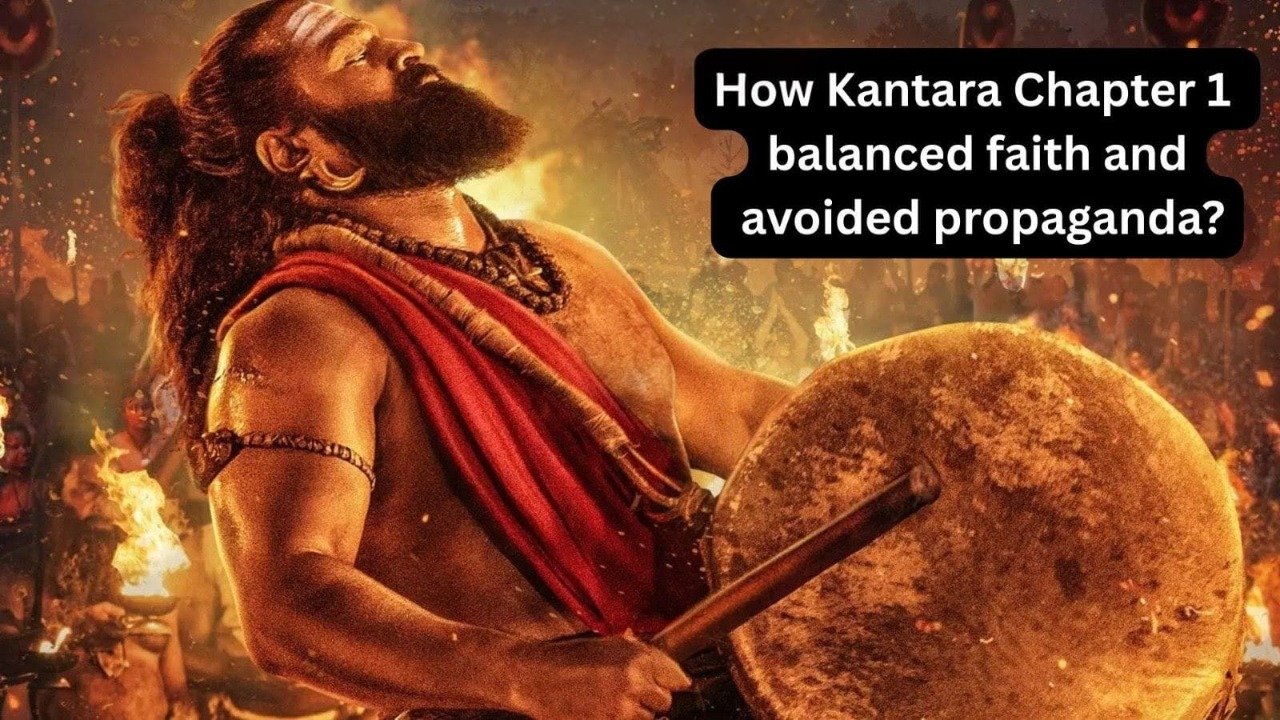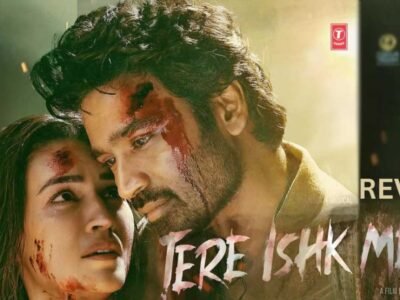How Kantara Chapter 1 Balanced Faith and Avoided Propaganda
When a film draws deeply from mythology and faith, it often risks crossing into propaganda. Yet Kantara Chapter 1, the much-discussed prequel to Rishab Shetty’s 2022 hit Kantara, manages to tell a powerful story rooted in Hindu folklore without leaning toward any political or religious agenda. The film dives into the age-old conflict between power and devotion, oppression and faith, all while staying loyal to its mythological and cultural essence.
A Story of Oppression and Faith
At its core, Kantara Chapter 1 is a tale of social injustice and divine justice. The film portrays the harsh reality of tribal communities whose lands were claimed by the ruling Kshatriya class in pre-colonial coastal Karnataka, a place referred to as Bangra. The rulers’ belief that everything under their gaze belonged to them, including tribal land, sets the stage for a narrative of both human greed and divine retribution.
However, what sets the movie apart is that it doesn’t turn into a simple “us versus them” story. The oppression is shown, but without generalizing or demonizing an entire community. The story remains rooted in context rather than conflict, choosing balance over bias.
Unwavering Focus on Folklore
From the very beginning, Kantara Chapter 1 commits itself to explaining the folklore and mythology that form its backbone. There are no unnecessary subplots or diversions, the focus remains on the traditional tales of the gods who protect and guide the people. This singular narrative focus gives the film a sense of purpose and depth, making it more of a spiritual journey than a commercial spectacle.
Respectful Representation of Deities
The movie’s treatment of gods such as Shiva, Chamundi, Guliga, and Panjurli is deeply reverent and balanced. Each deity is portrayed in a positive light, embodying protection, strength, and justice. Importantly, Kantara Chapter 1 doesn’t glorify one god while belittling another, an approach that preserves the universality of faith rather than dividing it.
By exploring these divine figures through folklore rather than religious hierarchy, the film ensures that mythology remains inclusive and celebratory rather than confrontational.
Avoiding Religious and Caste Labels
While the film acknowledges the discrimination and untouchability that existed in historical Bangra, it never explicitly names religions or castes. This careful decision prevents the narrative from appearing accusatory. The injustices are depicted as part of the era’s social structure, allowing audiences to reflect without feeling alienated.
The subtlety with which the film handles these themes keeps the story powerful yet sensitive, a reflection of the times rather than a commentary on modern divisions.
Balanced Storytelling Without Propaganda
Perhaps the film’s greatest strength lies in its refusal to take sides. Kantara Chapter 1 highlights what is good and condemns what is evil, but never through the lens of ideology. There are no scenes crafted to demean other faiths or promote one belief system over another. Instead, it upholds a spirit of coexistence, where mythology serves as a mirror to human nature rather than a weapon of division.
Conclusion: A Story Beyond Religion
Ultimately, Kantara Chapter 1 succeeds because it treats its source material, faith, folklore, and history, with sincerity and restraint. It does not preach; it narrates. It does not accuse; it reflects. By blending mythology with a grounded social narrative, the film becomes a celebration of culture and conscience, proving that stories of gods and humans can still be told without turning into propaganda.
















